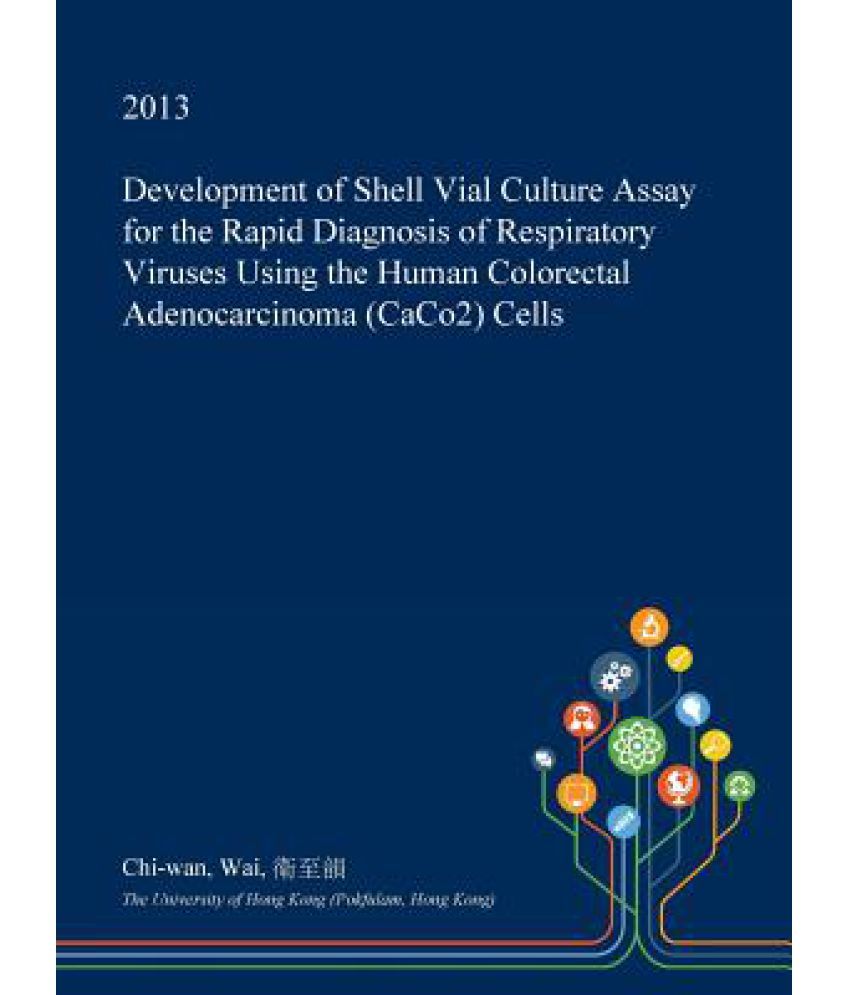Something went wrong. Please refresh the page and try again.
Something went wrong. Please refresh the page and try again.
Notifications can be turned off anytime from settings.
Item(s) Added To cart
Qty.
Something went wrong. Please refresh the page and try again.
Something went wrong. Please refresh the page and try again.
Exchange offer not applicable. New product price is lower than exchange product price
Please check the updated No Cost EMI details on the payment page
Exchange offer is not applicable with this product
Exchange Offer cannot be clubbed with Bajaj Finserv for this product
Product price & seller has been updated as per Bajaj Finserv EMI option
Please apply exchange offer again
Your item has been added to Shortlist.
View AllYour Item has been added to Shopping List
View AllSorry! Development of Shell Vial Culture Assay for the Rapid Diagnosis of Respiratory Viruses Using the Human Colorectal Adenocarcinoma (Caco2) Cells is sold out.


You will be notified when this product will be in stock
Learn More about the Book
This dissertation, "Development of Shell Vial Culture Assay for the Rapid Diagnosis of Respiratory Viruses Using the Human Colorectal Adenocarcinoma (CaCo2) Cells" by Chi-wan, Wai, 衛至韻, was obtained from The University of Hong Kong (Pokfulam, Hong Kong) and is being sold pursuant to Creative Commons: Attribution 3.0 Hong Kong License. The content of this dissertation has not been altered in any way. We have altered the formatting in order to facilitate the ease of printing and reading of the dissertation. All rights not granted by the above license are retained by the author.
Abstract:
Background: Respiratory diseases are common worldwide, which are caused by various respiratory viruses. As symptoms caused by these viruses are similar, laboratory diagnosis is essential to distinguish the virus. Conventionally, respiratory viruses are isolated by cell culture with a panel of cell lines. However, handling of several cell lines is labour intensive, and the turnaround time of conventional culture is long. In previous study, the use of human colon adeno-carcinoma (Caco-2) in conventional culture was investigated. The study has proven that Caco-2 is generally susceptible to the eight common respiratory viruses, i.e. Adenovirus, Influenza A and B, Respiratory Syncytial virus, Parainfluenza virus 1, 2,3 and 4. As turnaround time of conventional culture is long; therefore, in this study, rapid shell vial culture using Caco-2 cells were evaluated. Moreover, the application of Caco-2 shell vial culture on recovering human metapneumovirus (hMPV) was also investigated.
Materials and methods: This study consisted of four stages. First, recovery of viruses by conventional culture and shell vial culture of Caco-2 were compared. Specimens were added to conventional culture and shell vial simultaneously. For conventional culture, formation of CPE was examined daily and IF staining was performed when CPE was indicated; meanwhile, shell vial culture were incubated for seven days and stained with IF to detect infected cells. In stage two, the effect of incubating shell vial culture in rolling drum was investigated. Shell vials inoculated with the same specimen in duplicate were incubated in rolling drum and without rolling drum simultaneously. IF staining was performed in day 2, and results were obtained. For those which are IF negative in day 2, second shell vial was further incubated to seven days before harvest. In the next stage, a large batch of samples was used to evaluate on the use of Caco-2 shell vial culture in day 2 and day 7. Lastly, Caco-2 shell vial and conventional culture and LLC-MK2 conventional culture were tested for isolation of hMPV.
Results: Compared to Caco-2 conventional culture, recovery rate of shell vial culture was elevated slightly. When experimenting on the effect of incubation in rolling drum, results showed that recovery rate was raised in shell vial with rolling drum in day 2, moreover, the percentage of positive cells were increased significantly (p value Conclusion: First, although recovery rate by shell vial and conventional culture were similar, turnaround time was reduced from a week to a few days by shell vial culture. Therefore, Caco-2 shell vial culture is a more efficient than Caco-2 conventional culture in isolating respiratory viruses. The study also showed that incubation of shell vial in rolling drum able to increase the number of positive cells. Furthermore, in this study, Caco-2 cells were also shown to be more efficient in isolating hMPV when compare to LLC-MK2 cells.
DOI: 10.5353/th_b5091503
Subjects:
Vi
The images represent actual product though color of the image and product may slightly differ.
Register now to get updates on promotions and
coupons. Or Download App